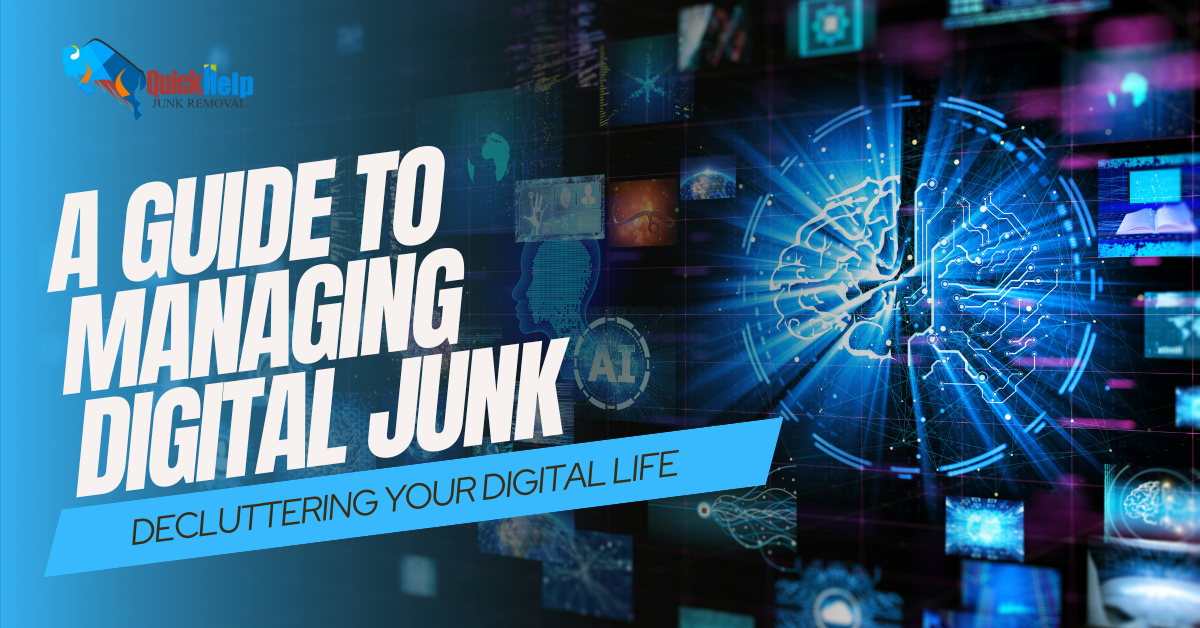Best Decluttering Your Digital Life
Decluttering Your Digital Life in today’s digital age, our lives are intricately intertwined with technology. We rely on smartphones, computers, and various digital devices to work, communicate, and stay entertained. However, as our digital footprint grows, so does the clutter in our digital lives. Managing digital junk, such as old files, emails, and unused apps, has become essential for maintaining efficiency and peace of mind. In this comprehensive guide, we will explore the art of decluttering your digital life, providing you with the tools and strategies to regain control over your digital world.
Understanding Digital Clutter
Digital clutter encompasses various forms of digital data that accumulate over time. It includes:
- Obsolete Files: Old documents, photos, and downloads that are no longer needed.
- Unread Emails: A backlog of emails that have piled up in your inbox.
- Unused Apps: Applications on your devices that you rarely or never use.
- Duplicated Files: Multiple copies of the same files taking up space.
- Outdated Software: Software or apps that haven’t been updated.
- Digital Subscriptions: Unused or forgotten subscriptions to services.
The Consequences of Digital Clutter
Digital clutter isn’t just a nuisance; it can have significant consequences:
- Reduced Productivity: A cluttered digital environment can make it challenging to find essential files or emails, leading to wasted time.
- Security Risks: Outdated software and neglected accounts can pose security risks.
- Storage Issues: Excessive digital clutter can consume valuable storage space on your devices.
- Overwhelm: A cluttered digital life can lead to feelings of overwhelm and stress.
The Digital Decluttering Process
Assessment: Begin by assessing the extent of your digital clutter. Take inventory of your devices, accounts, and digital files to identify areas that need decluttering.
Prioritization: Prioritize what needs to be decluttered first. Start with the most cluttered areas that are affecting your productivity or security.
Digital Files: Sort through your digital files, deleting or archiving those that are no longer needed. Organize your files into folders with clear labels for easy access.
Email Management: Implement email management strategies. Unsubscribe from newsletters you no longer read, create folders for organizing emails, and regularly delete or archive old messages.
App Cleanup: Review the apps on your devices. Delete apps you no longer use and organize the rest into folders for a more streamlined experience.
Software Updates: Ensure that your software and apps are up to date. Outdated software can be vulnerable to security threats.
Password Management: Use a password manager to organize and secure your passwords. Change passwords regularly for added security.
Cloud Storage: Utilize cloud storage solutions to backup important files and free up space on your devices.
Digital Subscriptions: Review your digital subscriptions and cancel those that are no longer needed or used.
Digital Minimalism and Maintenance
After the initial decluttering process, adopt digital minimalism principles to maintain a clutter-free digital life:
Regular Maintenance: Schedule regular digital decluttering sessions to prevent clutter from building up again.
Mindful Consumption: Be mindful of what you download, subscribe to, or purchase digitally.
Organized Storage: Maintain an organized file structure and use descriptive file names.
Digital Detox: Periodically disconnect from digital devices to recharge mentally and emotionally.
Conclusion
Decluttering your digital life is a transformative journey towards increased productivity, enhanced security, and reduced stress. By understanding the types of digital clutter, assessing your cluttered areas, and implementing effective decluttering strategies, you can regain control over your digital world. Embrace digital minimalism and regular maintenance to ensure that your digital life remains clutter-free and serves as a valuable tool for work, communication, and leisure in our digital age.




